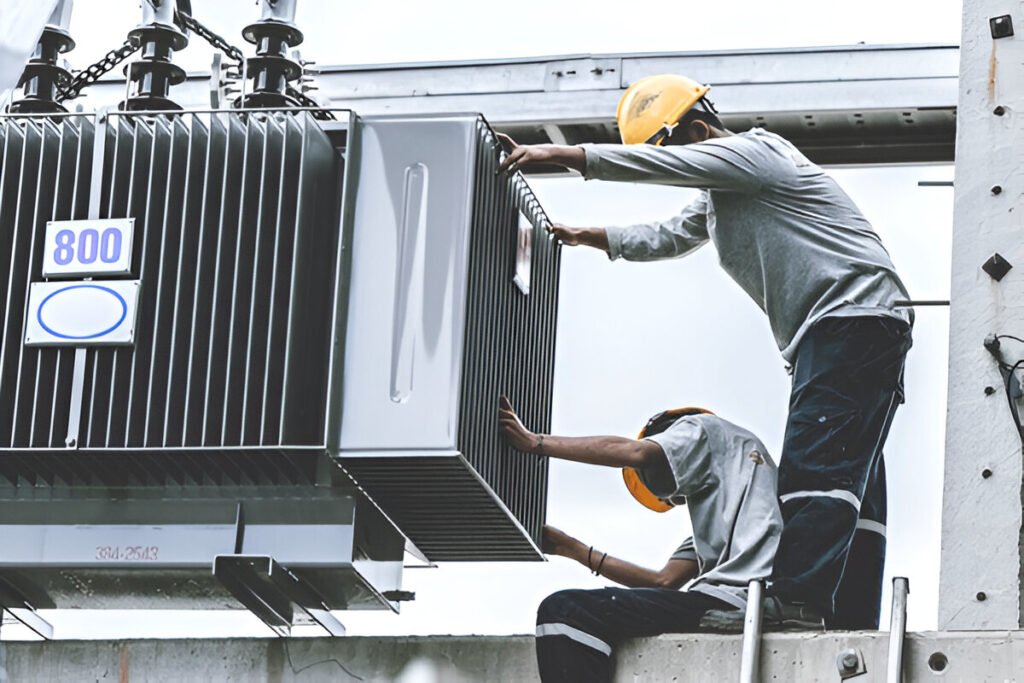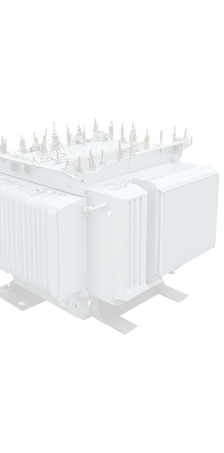When it comes to Transformer Maintenance, testing is not just a step—it’s the core of ensuring reliability, efficiency, and safety. Transformers are crucial components in electrical systems, and timely testing can save industries from unplanned breakdowns and expensive repairs. There are two main methods used for testing: offline and online. But how do you choose between them, and what are the pros and cons of each? Let’s break it down.
Why Transformer Maintenance Needs Testing
Before jumping into the comparison, let’s understand the purpose behind testing. Over time, a transformer may face issues like insulation degradation, overheating, or internal faults. Without regular Transformer Maintenance, these problems can grow silently, eventually leading to costly failures or even fires.
Testing allows for early detection of issues, so action can be taken before damage spreads. This is especially important in industries dealing with industrial scrap metal and transformer dismantling, where equipment lifespan and condition are constantly evaluated.
What Is Offline Transformer Testing?
Offline testing involves taking the transformer completely out of service. It means the power is shut down, the transformer is isolated from the grid, and then the test begins. This method gives more accurate and detailed results, as there’s no electrical noise or load interference.
Common Offline Tests:
- Insulation resistance test
- Transformer turns ratio (TTR) test
- Power factor test
- Sweep frequency response analysis (SFRA)
These tests help identify internal winding issues, insulation breakdown, and core problems.
Pros of Offline Testing:
- More accurate results
- Detects deep internal issues
- No external electrical interference
Cons:
- Requires shutdown and planning
- Interrupts normal operations
- More expensive and time-consuming
Industries that often deal with scrap wire and scrap equipment buyers typically schedule offline tests during plant shutdowns.
What Is Online Transformer Testing?
Online testing means the transformer stays energized and under load while being tested. The idea is to monitor its performance in real-time without interrupting the power supply. This method is ideal for transformers that are critical and can’t be taken offline easily.
Common Online Tests:
- Dissolved gas analysis (DGA)
- Infrared thermography
- Partial discharge detection
- Load flow analysis
These tests help monitor temperature, gases inside oil, and potential arcing or insulation failures while the transformer is working.
Pros of Online Testing:
- No shutdown required
- Real-time fault detection
- Ideal for high-priority equipment
Cons:
- Less accurate for internal faults
- Limited in scope
- Sensitive to environmental noise
In industries where industrial recycling is constant and systems can’t afford downtime, online testing is often the go-to method.
Choosing Between Offline and Online Testing
Your choice depends on several factors:
- Criticality of the Transformer
If it’s a key component, online testing keeps operations running without risk. But if you suspect internal damage, go offline. - Budget and Time
Offline testing can be costlier and time-intensive. Online testing is budget-friendly for quick checks. - Condition of Equipment
If the transformer is aged or shows signs of wear, offline testing is more thorough. For newer systems, online testing may be enough. - Compliance Requirements
Some standards or audits may require specific tests which can only be performed offline.
Combining Both Methods in Maintenance Plans
The smartest approach to Transformer Maintenance is combining both testing methods. You can use online testing for regular monitoring and only perform offline testing during planned outages. This hybrid strategy helps in reducing risks while keeping the equipment in top condition.
Many industries already practice this. Especially sectors that deal with industrial scrap, transformer recycling, or even scrap transformer handling benefit from predictive testing methods before they proceed with disposal or dismantling.
Why Testing Is Even More Critical Today
With rising power demands, increased transformer loads, and environmental challenges, Transformer Maintenance has never been more important. Old and inefficient transformers are now being replaced or recycled, especially in facilities undergoing industrial dismantling. Testing ensures transformers are either extended in life or safely sent for recycling.
Regular maintenance through testing also supports sustainability goals. Instead of letting equipment fail and go to waste, planned testing helps industries turn old units into valuable industrial scrap metal recycling assets.
Final Thoughts
Whether you choose offline or online testing, the goal is the same: to ensure your transformer continues to operate safely and efficiently. Neglecting Transformer Maintenance isn’t just a technical risk—it’s a financial one too. A sudden failure can cost millions in downtime, damage, and replacement.
If you’re in a business dealing with industrial equipment recycling, transformer servicing, or large-scale operations, make testing a routine part of your maintenance checklist. And remember, when it’s time to replace or decommission a transformer, rely on professional industrial scrap buyers for responsible recycling.



